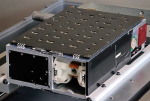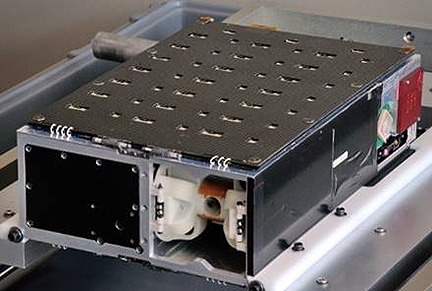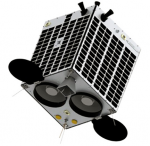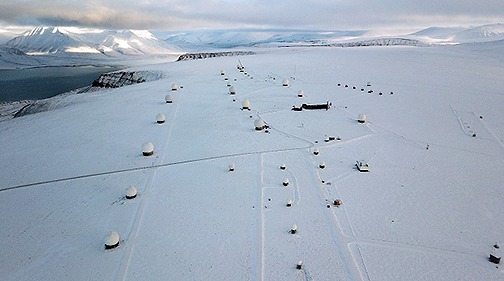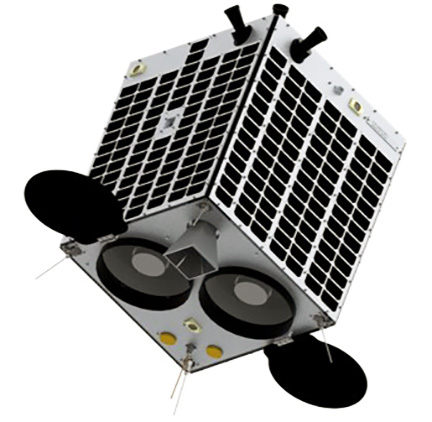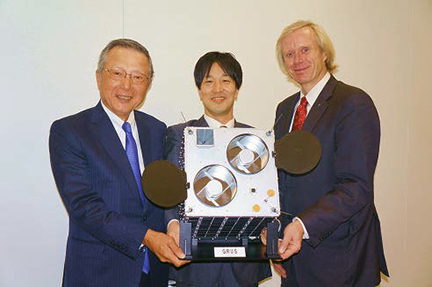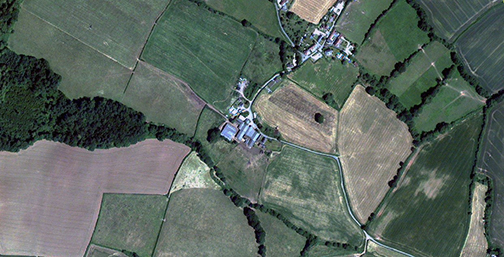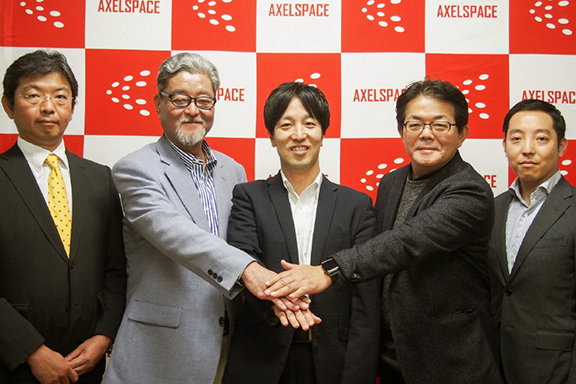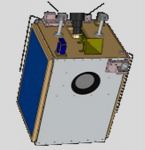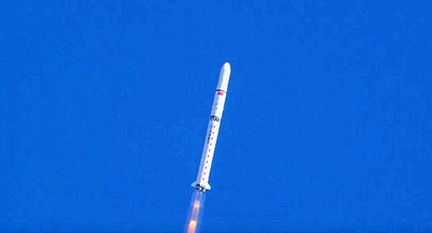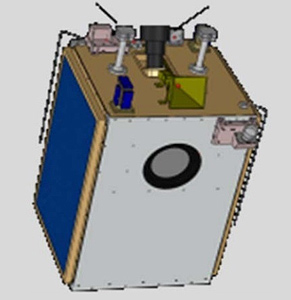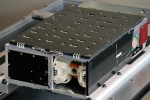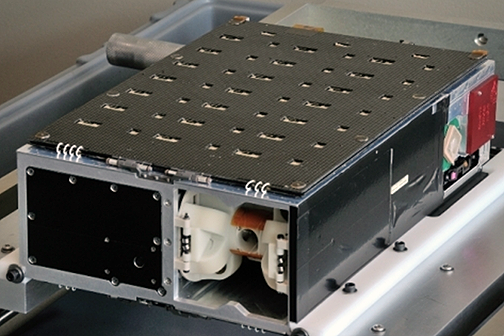

Journalist Chris Forrester
The OneWeb ‘mega-constellation’ of low orbiting broadband satellites, originally planned to be around 900 in total, will now initially be around 600, says Founder and Executive chairman Greg Wyler, and reported by specialist publication Space Intel Report (SIR), with the information posted by journalist Chris Forrester at the Advanced TV infosite.
In the process, OneWeb will save an estimated $500,000 per satellite (and it could be more) leading to Capex cost savings on the satellite building program of some $300 million. Factor in the savings on launching the satellites, at around $60 million for each batch of around 30 craft, and there’s another saving of $600,000. Add to these numbers the reduction or elimination of insurance and other operational costs on the trimmed fleet and the overall cost savings could be well over $1 billion.
The savings — in satellites and launch costs — have come about because of improved transmission tests and capabilities on the small fleet of 10 satellites being built by Airbus at their Toulouse facility. The first scheduled launches are expected in February, says SIR, by a Russian Soyuz rocket from the Kourou launch site in French Guiana.
OneWeb is backed by Japanese media group SoftBank, as well as investments by Airbus, Intelsat, Virgin and others.
However, this reduction of the initial 900 to 600 satellites will not be the end of the OneWeb scheme. Phase 2 of the project will see more satellites launched to improve coverage, but this is now considered not necessary until Phase 1 is up and running – and probably with solid revenues. Nevertheless, this is still a $4 billion+ project for OneWeb.


